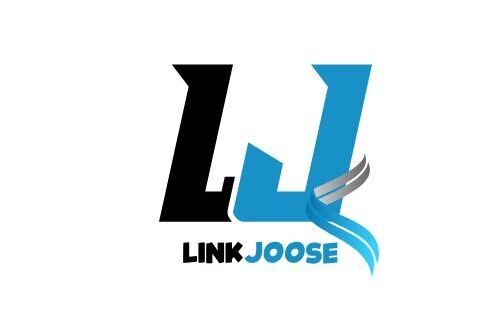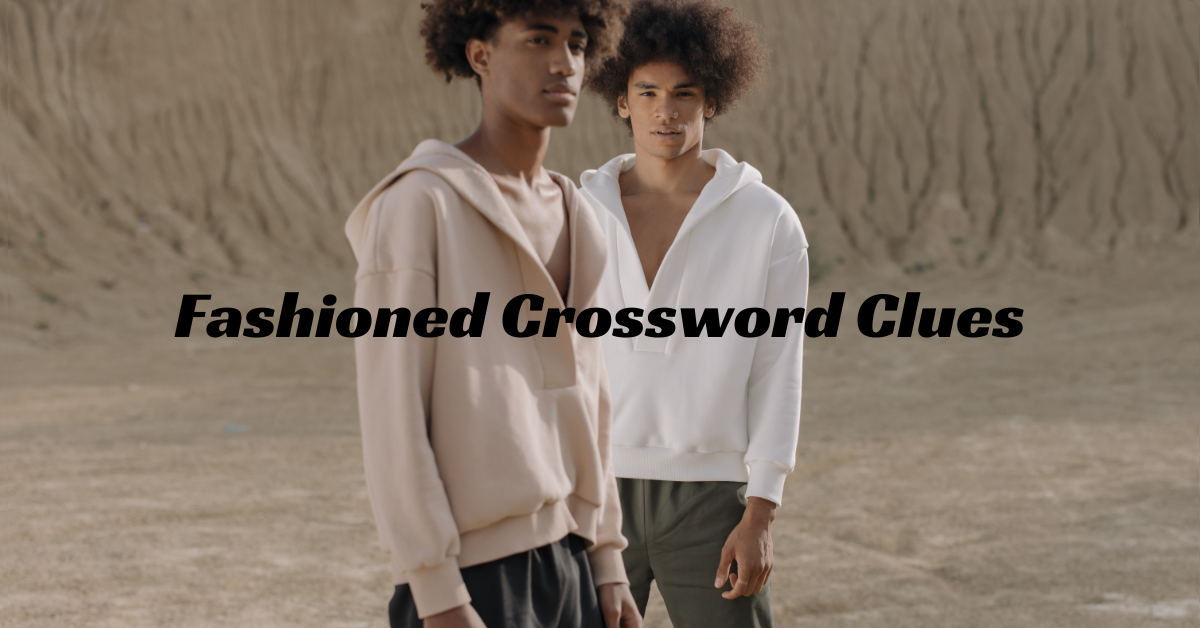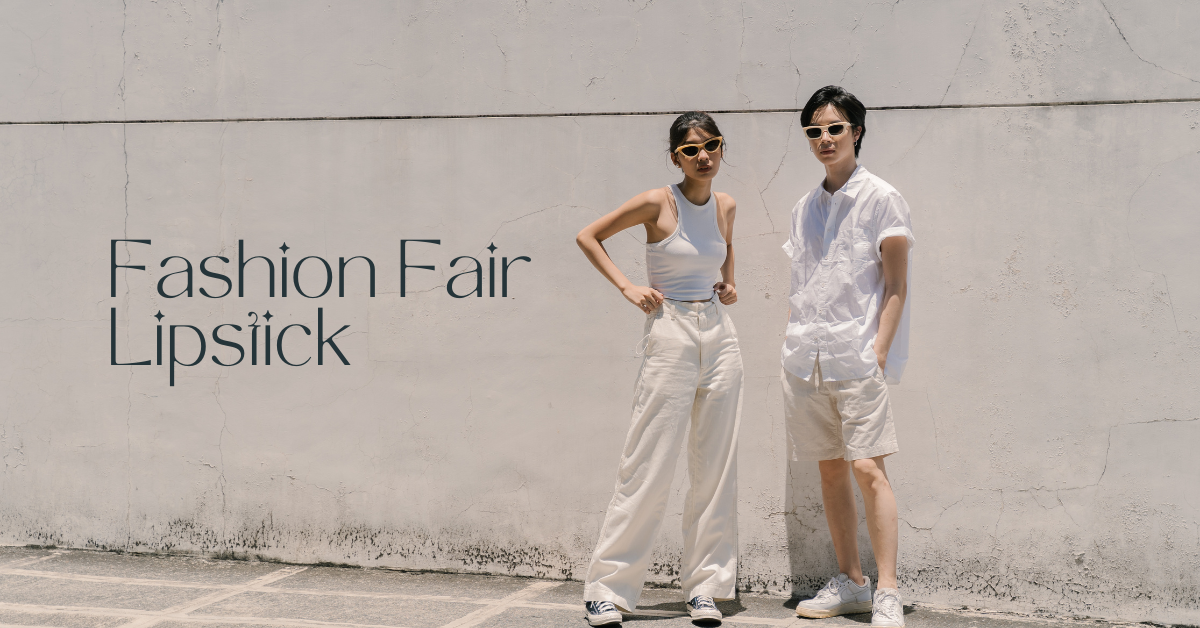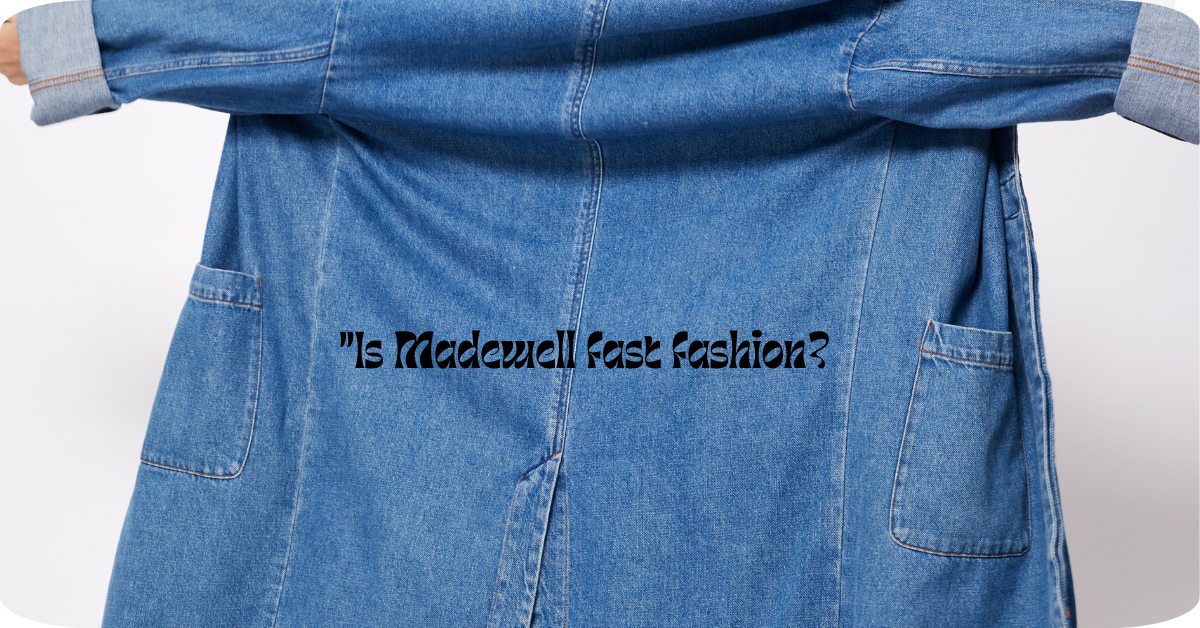Demand of a Fashion App
In the ever-evolving world of fashion, where trends change as quickly as the seasons, technology has emerged as a powerful force reshaping the industry. Among the most significant innovations in recent years is the rise of the demand of a fashion app, which has transformed how consumers discover, shop for, and engage with fashion. From personalized styling recommendations to virtual try-ons, the demand of a fashion app is meeting the growing need for convenience, personalization, and accessibility. This article provides an in-depth exploration of the factors driving the demand of a fashion app, their impact on the industry, and the future trends that will shape this dynamic landscape.
1. The Intersection of Fashion and Technology: A Historical Perspective
Fashion has always been a reflection of cultural, social, and technological advancements. From the invention of the sewing machine in the 19th century to the rise of fast fashion in the late 20th century, the industry has continuously adapted to new tools and trends. In the 21st century, the integration of technology into fashion has accelerated, giving rise to e-commerce platforms, social media influencers, and now, the demand of a fashion app.
The proliferation of smartphones has played a pivotal role in this transformation. With over 6.6 billion smartphone users globally, mobile apps have become the primary medium for accessing information, shopping, and staying connected. Fashion brands and startups have capitalized on this trend by developing apps that provide users with a personalized, interactive, and engaging experience. These apps are not just a convenience; they are a necessity in a world where consumers expect instant access to the latest trends and seamless shopping experiences. This has significantly contributed to the demand of a fashion app.
2. The Driving Forces Behind the Demand of a Fashion App
The demand of a fashion app is driven by a combination of changing consumer behavior, technological advancements, and the need for personalized experiences. Below, we explore the key factors contributing to their growing popularity:
a. The Need for Convenience and Accessibility
In today’s fast-paced world, consumers value convenience above all else. The demand of a fashion app is fueled by the ability to bring the entire shopping experience to the user’s fingertips, eliminating the need to visit physical stores. With just a few taps, users can browse thousands of products, compare prices, read reviews, and place orders from the comfort of their homes. This level of accessibility is particularly appealing to busy professionals, millennials, and Gen Z consumers who prioritize efficiency and time-saving solutions.
b. Personalization: The Key to Customer Satisfaction
One of the most significant advantages of the demand of a fashion app is its ability to offer personalized recommendations. Using advanced algorithms and artificial intelligence (AI), these apps analyze user preferences, browsing history, and purchase behavior to suggest products that align with their tastes. This personalized approach not only enhances the shopping experience but also increases customer satisfaction and loyalty. For example, apps like Stitch Fix and ASOS use AI to curate personalized outfits for their users, making it easier for them to discover new styles and brands.
c. Virtual Try-Ons and Augmented Reality: Bridging the Gap Between Online and Offline Shopping
One of the biggest challenges of online shopping is the inability to try on products before purchasing. The demand of a fashion app is addressing this issue by leveraging augmented reality (AR) to offer virtual try-on features. These features allow users to see how clothing, accessories, or makeup will look on them without physically trying them on. For instance, apps like YouCam Makeup and Zyler enable users to experiment with different looks in real-time, reducing the uncertainty associated with online shopping and minimizing the likelihood of returns.
d. Social Media Integration: From Inspiration to Purchase
Social media has become a powerful tool for fashion inspiration and discovery. Platforms like Instagram, Pinterest, and TikTok are filled with influencers and everyday users showcasing their unique styles. Many fashion apps integrate with these platforms, enabling users to shop directly from posts or discover trending styles. This seamless integration bridges the gap between inspiration and purchase, driving higher engagement and sales. For example, apps like LIKEtoKNOW.it allow users to shop the looks they see on Instagram with just a few clicks, further fueling the demand of a fashion app.
e. Sustainability and Ethical Fashion: Meeting the Demands of Conscious Consumers
As consumers become more conscious of their environmental impact, there is a growing demand for sustainable and ethical fashion options. The demand of a fashion app is addressing this need by curating eco-friendly collections, providing transparency about sourcing and production practices, and promoting second-hand or rental fashion. Apps like Depop and ThredUp are leading the way in the second-hand fashion market, while platforms like Rent the Runway are making high-end fashion more accessible through rental services. This focus on sustainability aligns with the values of socially responsible consumers and positions these apps as leaders in the sustainable fashion movement.
3. Key Features That Set Fashion Apps Apart
The success of the demand of a fashion app can be attributed to their innovative features and user-centric design. Below are some of the key features that are setting these apps apart:
a. AI-Powered Styling Assistants
AI-powered styling assistants are becoming a staple in the demand of a fashion app. These virtual stylists provide personalized outfit recommendations based on the user’s preferences, body type, and occasion. By offering expert advice at scale, these assistants enhance the shopping experience and help users make informed decisions. For example, the app Whering uses AI to create personalized capsule wardrobes for its users, helping them make the most of their existing clothing.
b. Real-Time Inventory Updates
Fashion apps often integrate with retailers’ inventory systems to provide real-time updates on product availability. This ensures that users can purchase items before they sell out, reducing frustration and improving customer satisfaction. For instance, apps like Nike SNKRS notify users when limited-edition sneakers are back in stock, creating a sense of urgency and driving sales.
c. Seamless Payment Options
To streamline the checkout process, the demand of a fashion app offers a variety of payment options, including credit/debit cards, digital wallets, and buy-now-pay-later services. This flexibility caters to diverse consumer preferences and encourages impulse purchases. Apps like Klarna and Afterpay have gained popularity by allowing users to split their payments into interest-free installments, making high-end fashion more accessible.
d. User-Generated Content
Many fashion apps incorporate user-generated content, such as reviews, photos, and videos, to build trust and authenticity. Seeing real people wearing and reviewing products helps potential buyers make confident purchasing decisions. For example, apps like Poshmark and Depop rely heavily on user-generated content to create a sense of community and trust among their users.
e. Gamification
To boost engagement, some fashion apps incorporate gamification elements, such as rewards, challenges, and loyalty programs. These features make the shopping experience more enjoyable and encourage users to return to the app regularly. For instance, the app Dote rewards users with points for completing tasks like sharing products on social media or inviting friends to join the app.
4. The Impact of Fashion Apps on the Industry
The demand of a fashion app is not just changing how consumers shop; it is also transforming the entire fashion ecosystem. Here’s how:
a. Empowering Consumers
The demand of a fashion app empowers consumers by giving them access to a wealth of information, tools, and resources. From price comparisons to style inspiration, these apps enable users to make informed decisions and take control of their fashion choices. This shift in power from brands to consumers is reshaping the industry and forcing brands to be more transparent and customer-centric.
b. Driving Sales for Brands
For fashion brands, the demand of a fashion app serves as a powerful sales channel. By offering a personalized and engaging shopping experience, these apps drive higher conversion rates and average order values. Additionally, they provide valuable data and insights that brands can use to refine their marketing strategies and product offerings. For example, brands like Gucci and Louis Vuitton have launched their own apps to create a direct connection with their customers and drive sales.
c. Bridging the Gap Between Online and Offline
Many fashion apps are integrating omnichannel features, such as in-store pickup and virtual consultations, to bridge the gap between online and offline shopping. This creates a cohesive and seamless experience for consumers, regardless of how they choose to shop. For instance, apps like Sephora allow users to book in-store appointments or try on products virtually, creating a seamless shopping journey.
d. Fostering Innovation
The competitive nature of the demand of a fashion app market is driving innovation. Brands are constantly experimenting with new technologies, such as AI, AR, and blockchain, to differentiate themselves and stay ahead of the curve. For example, apps like The Fabricant are using blockchain technology to create digital-only fashion items, pushing the boundaries of what fashion can be.
5. Challenges and Future Trends
While the demand of a fashion app has gained immense popularity, it is not without challenges. Issues such as data privacy concerns, high development costs, and the need for continuous updates can pose obstacles for app developers. However, the future looks promising, with several trends set to shape the industry:
a. Increased Use of AI and Machine Learning
AI and machine learning will continue to play a crucial role in enhancing personalization and predictive analytics. These technologies will enable the demand of a fashion app to deliver even more accurate and relevant recommendations, creating a truly personalized shopping experience.
b. Expansion of AR and VR
As AR and VR technologies become more advanced and accessible, their adoption in the demand of a fashion app will increase. Virtual showrooms, 3D product visualization, and immersive shopping experiences are just a few possibilities on the horizon. For example, apps like Zeekit are using AR to create virtual fitting rooms, allowing users to try on clothes from the comfort of their homes.
c. Focus on Sustainability
Sustainability will remain a key focus area for the demand of a fashion app. Expect to see more features that promote eco-friendly practices, such as carbon footprint tracking, rental options, and circular fashion initiatives. Apps like Good On You are already leading the way by providing ratings for brands based on their environmental and ethical practices.
d. Integration with Wearable Technology
The integration of the demand of a fashion app with wearable technology, such as smartwatches and fitness trackers, will open up new opportunities for personalized styling and health-conscious fashion. For example, apps could use data from fitness trackers to recommend workout clothes or suggest outfits based on the user’s activity level.
FAQs on the Demand of a Fashion App
1. Why is there a growing demand for fashion apps?
Fashion apps are in demand because they offer convenience, personalized style recommendations, and access to the latest trends, all in one place.
2. What features do users look for in a fashion app?
Users want features like virtual try-ons, AI-based styling tips, exclusive deals, seamless shopping, and real-time trend updates.
3. How does a fashion app benefit shoppers?
Fashion apps save time, provide style inspiration, and make shopping more accessible, allowing users to shop anytime, anywhere.
4. Are fashion apps popular among all age groups?
Yes, fashion apps cater to a wide audience, from Gen Z to millennials and older generations, by offering diverse styles and user-friendly interfaces.
5. What drives the success of a fashion app?
Success depends on user experience, innovative features, fast delivery options, and staying ahead of fashion trends.
6. Can fashion apps help sustainable shopping?
Yes, many apps now promote eco-friendly brands and sustainable fashion, aligning with the growing demand for ethical shopping.
7. How do fashion apps stay competitive?
By integrating AI, AR, and social shopping features, fashion apps keep users engaged and ahead of the style curve.
8. Is the demand for fashion apps expected to grow?
Absolutely! With the rise of e-commerce and mobile shopping, the demand for fashion apps is projected to increase significantly.
Conclusion
The demand of a fashion app is a testament to the evolving needs and preferences of modern consumers. By combining convenience, personalization, and innovation, these apps are revolutionizing the way we shop for and engage with fashion. As technology continues to advance, the demand of a fashion app will play an increasingly important role in shaping the future of the industry. Whether you’re a fashion enthusiast, a brand, or a tech enthusiast, there’s no denying that the demand of a fashion app is here to stay—and it’s only going to get better.In a world where style meets technology, the demand of a fashion app is the ultimate bridge, connecting consumers with the trends, tools, and experiences they crave. The future of fashion is digital, and it’s happening right at our fingertips. As we move forward, the possibilities are endless, and the only limit is our imagination. The demand of a fashion app is not just a trend; it is a revolution, and it is here to redefine the way we experience fashion.















